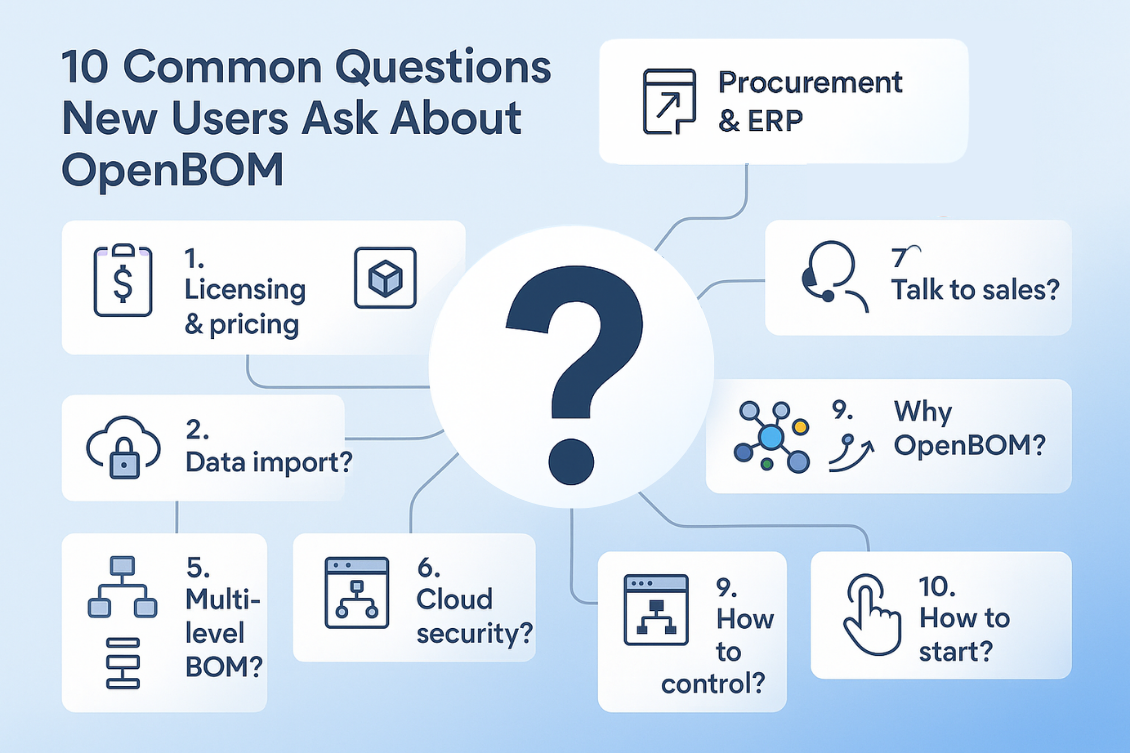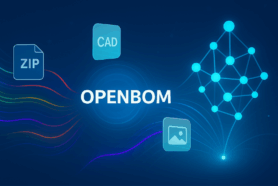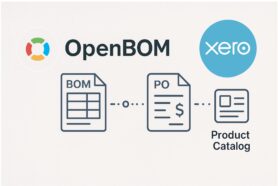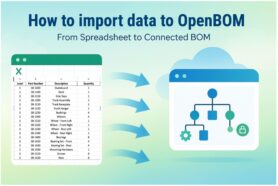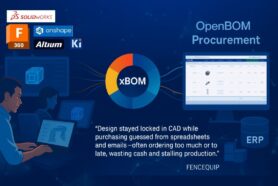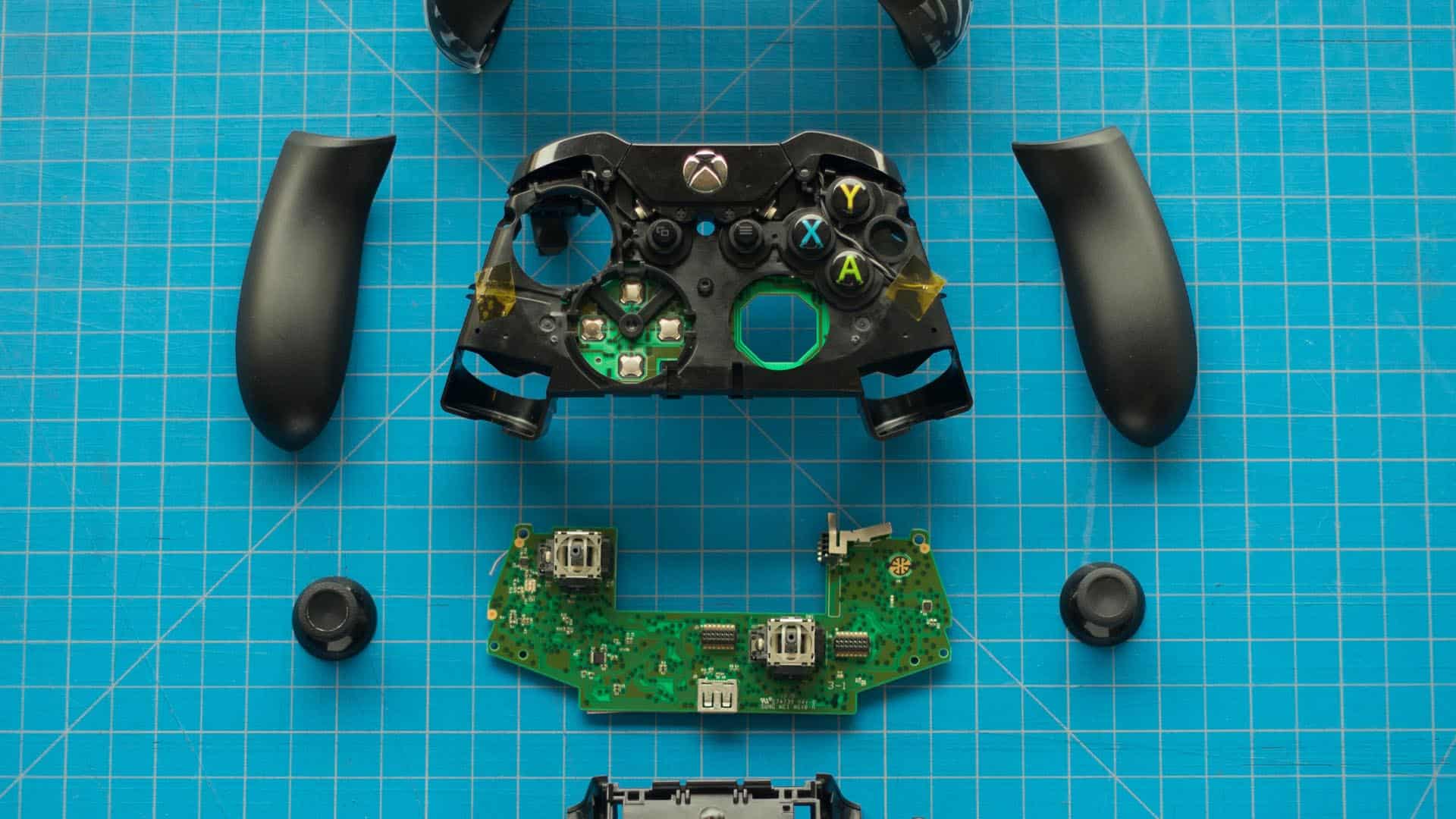
In my last post, An Inside Look at the RFQ Process, I discussed the overall RFQ (request for quotation) process. This post went into details of what you need to provide your contract manufacturer (CM) and suppliers with for a smooth process. But after you send this to your supplier, what should you expect to receive in return? This seems quite basic but like everything else, the devil is in the details.
This is what we will get into today.
What should you receive from the CM?
Let’s assume you are manufacturing a controller and you have sent out an RFQ to a few suppliers. What you should receive in return are a few items. These items will not just help gauge the costs of the project but also the investment, lead time, and risks of proceeding. All of this should be laid out transparently for you to review and analyze.
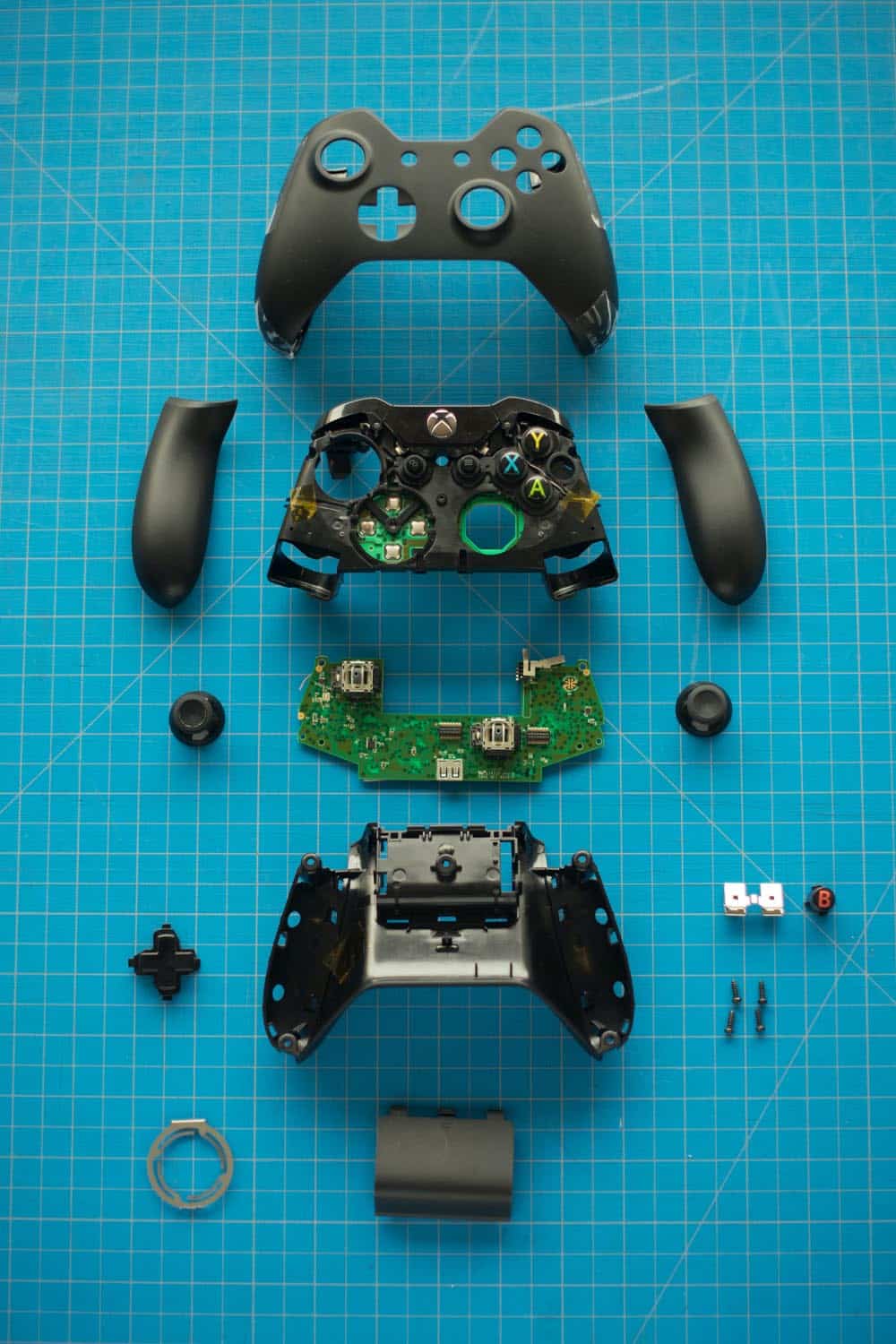
Let’s dive down in more detail.Product Cost
This is the most obvious part you should expect to receive from an RFQ. When you receive the costs, it should be for each individual line item rather than the entire cost of the product. Let’s go back to the controller, instead of receiving a cost for the entire unit, it should be broken down into individual components.
You should receive a quote for all of the off-the-shelf parts, such as the charging cables, headphone jack, battery, and more. You should also receive a quote for each customized part as well, such as the buttons, gasket, battery housing, and more.
If you have 100 unique parts for your product, you need 100 quotes.
This is what I call a BOM cost.
Some extra costs that might come up include assembly and any final QC. When you total all of the part costs + assembly + QC, you will know your cost of goods sold (COGS).
Investment
You are most likely leveraging off-the-shelf parts in order to minimize R&D costs and to take advantage of the supplier’s reputation. An example of this would be using a stock battery or button vibrator for your controller. You will not need an investment for this.
However, to differentiate your product, you will need custom parts as well. In the case of the controller, it will most likely be the plastic frame, housing, and buttons. To proceed with production for these customized parts, you will need to make tools. These tools have costs associated with them and depend heavily on their size, manufacturing process, and grade of metal. These costs will be viewed as an investment.
When thinking of your budget, don’t forget about tools.
Lead Time
Not all parts can be procured at the same speed. Certain parts can be procured within a day while others can take months to procure. Also, being in the middle of the chip shortage is not helping anyone.
When receiving the quotation, make sure you understand the lead time associated with each part. If you see the majority of the parts can be procured within 25 days but you have one component with a lead time of 65 days then a red flag will be raised. Should you proceed with procuring this part, you will prolong your lead time which will tighten up your cash flow. You need to decide whether or not an alternative part is acceptable.
Potential Risk
Risk is without a doubt, the part most companies and suppliers skip over. However, risk is evident and alive in every single project. Risk does not mean no one is buying the product. It has nothing to do with sales and marketing. This risk is during the production process and for some reason is “pushed” towards the QC department.
However, risk should be accessed during the initial quotation of the project. While minimizing risk is done through the design for manufacturing and assembly (DFMA) stage, it must be reviewed during the quotation process. If the supplier does not have the capabilities to support a DFMA project then maybe they aren’t the right supplier for you…
Minimizing the risk of a product in production means analyzing the manufacturing feasibility of each individual component. If the proper steps are not taken then you run a risk when launching and scaling production.
How OpenBOM Can Help
OpenBOM is an online platform that gives you a unique way to manage the product information in a centralized form which is used to make informed decisions. But not only that… OpenBOM gives you a flexible way to share the data with multiple suppliers and contractors, so you can easily compare options and make the right informed decision. We provide you with the capabilities to seamlessly manage your parts, vendors, bill of materials, purchase orders, and change orders. All BOM, engineering, and manufacturing information are stored in the cloud which you can share with anyone.
Register for FREE to create your OpenBOM account and reach out to us via support @ openbom dot com if you have any questions.
Regards,
Jared Haw
Join our newsletter to receive a weekly portion of news, articles, and tips about OpenBOM and our community.

